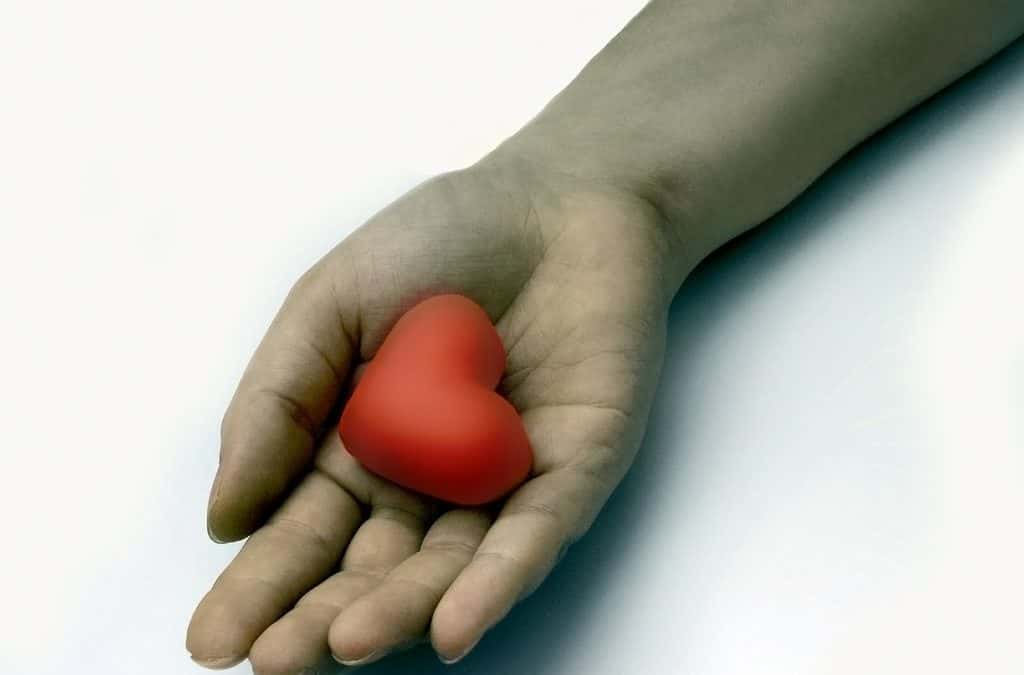After binge watching CNN for the past few days, I emerge with two feelings. The first is a state of disbelief at how radicalized young men can justify killing so many innocent people. Much like the rest of the world, I wonder where things went wrong for those men. One news segment suggested the terrorists had never held jobs, or the hand of a girl, and that they felt powerless most of their lives. The attachment to an organization like ISIS gave them purpose and power and it allowed them to feel as though their lives had meaning. Truly this is misdirected purpose, but since when is there logic in ignorance?
The second feeling is a wave of warmth and emotion as we see glimpses of the populations of the world becoming a little tighter knit as we quietly celebrating everything French. The stories that emerge are precious. The men who let the women escape first, the stranger opening his home to shelter people on the streets, the hugging, holding, and comforting. You may have seen a conversation caught on camera between a small boy and his father about the symbolic value of flowers versus guns. “They might have guns,” says the dad, “but we have flowers.” It’s hard to watch without getting emotional. How do you explain violence to your child?
Leadership in crisis is a three-step approach. The first step is taking swift and relevant action to re-establish a sense of security and order. We need to take care of our people and protect our values. This includes preparation and presentation of a call to action, a call to arms, a call for help. Coming up with a plan is priority number one.
The second is to advise our followers of the specific actions that need to be taken. In a crisis, a leader relies on his or her advisors and calls in the specialists. But ultimately, the leader has to trust personal instinct and intuition. Followers want to know what we are going to do about the crisis. Making hard and concrete decisions, laying out the plan, and communicating both is what this step is about.
The third step is to allow people room to feel. It’s about emotions and fears and hopes and reassurances. It can take as little as one minute to make a meaningful connection. In any crisis—whether it is mass layoffs, lawsuits, loss of business, failure to launch, bankruptcies, and yes, even this worst-case scenario of terrorist attacks—people have feelings that must be addressed. Shock and disruption to order needs very strong emotional leadership. That is what step three is about.
An outstanding leader knows how to create room for the emotional and empathetic responses. We must allow people to express how they feel as we lead the emotional aspect of the crisis. Here is where many leaders fail: too little communication, too few explanations, and not enough rallying to get your teams back into the fold.
Embracing rituals and symbols work well. Often it’s an image, like the steel frame of the world trade center after its collapse, or the video like the one I just shared, or one or more persons like our American heroes who thwarted the train attack in Belgium. A great leader recognizes when the symbol has been found and recognizes the value of it. The leader points it out and makes it the sign of hope.
Ever important is that the leader is visible during every single step of the post-crisis. Your people and followers want to know where you are and how you are addressing the situation. And while your strategy may not be perfect, any action is better than no action at all.
People become closer during tough times. Just look at Facebook and the outpouring of support. The picture of our President Obama in very intense talks with Russia’s Putin demonstrates how a common enemy seems to bring the rest of the world together despite our differences.
While my heart bleeds much like yours for the people of France, I take great comfort when I shift my focus on the good that is emerging. We can feel so much more connected when we stick together around a common cause with our neighbors and the rest of the world.
At the end of the day, I believe we are doing our best to make positive contributions to this world. We truly are in this together.




